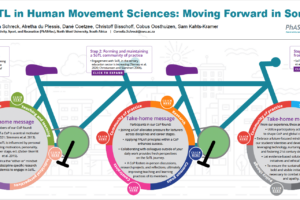
Introduction to a High Achievers Recognition Scheme
By Dr. Juliette Gaunt, Birmingham City University, Juliette.Gaunt@bcu.ac.uk and Professor Mark O’Hara, Aston University
This article presents findings from a small-scale qualitative evaluation of student perceptions of a High Achievers’ Recognition Scheme in a faculty within a UK university. This program is part of that university’s mission to “transform the prospects of individuals, employers and society through excellent practice-based education, research, and knowledge exchange.” The scheme seeks to build an inclusive learning culture that recognises and promotes professional aspiration, confidence, and capability across our diverse student population. The scheme is also unusual in UK higher education, in that it provides tailored support and development for students who have been identified as high achievers.
While we were confident from student feedback and staff comments in committees and at events that there was a desire to see the development of such provision in the faculty, the team involved were acutely conscious of the dangers associated in “resting on any laurels” associated with inputs only. Outcomes, results, impact were the crucial determining factors in whether the work would continue and if so, how it could evolve and develop to make it even more useful and valuable for students. Whilst quantitative, value-added data would take time to accumulate there were enquiries that could be made more quickly by gathering feedback from those with direct experience of operation of the scheme and their assessments of its impact. The findings suggest students valued both the recognition and developmental aspects of the scheme and their perceptions of the benefits aligned with the scheme’s aims: enhanced personal and professional development, improved engagement, and raised aspirations. Social and individual factors were perceived to enable high-achievement, whilst some operational factors could hinder engagement with the scheme.
Find the TLI article here.




